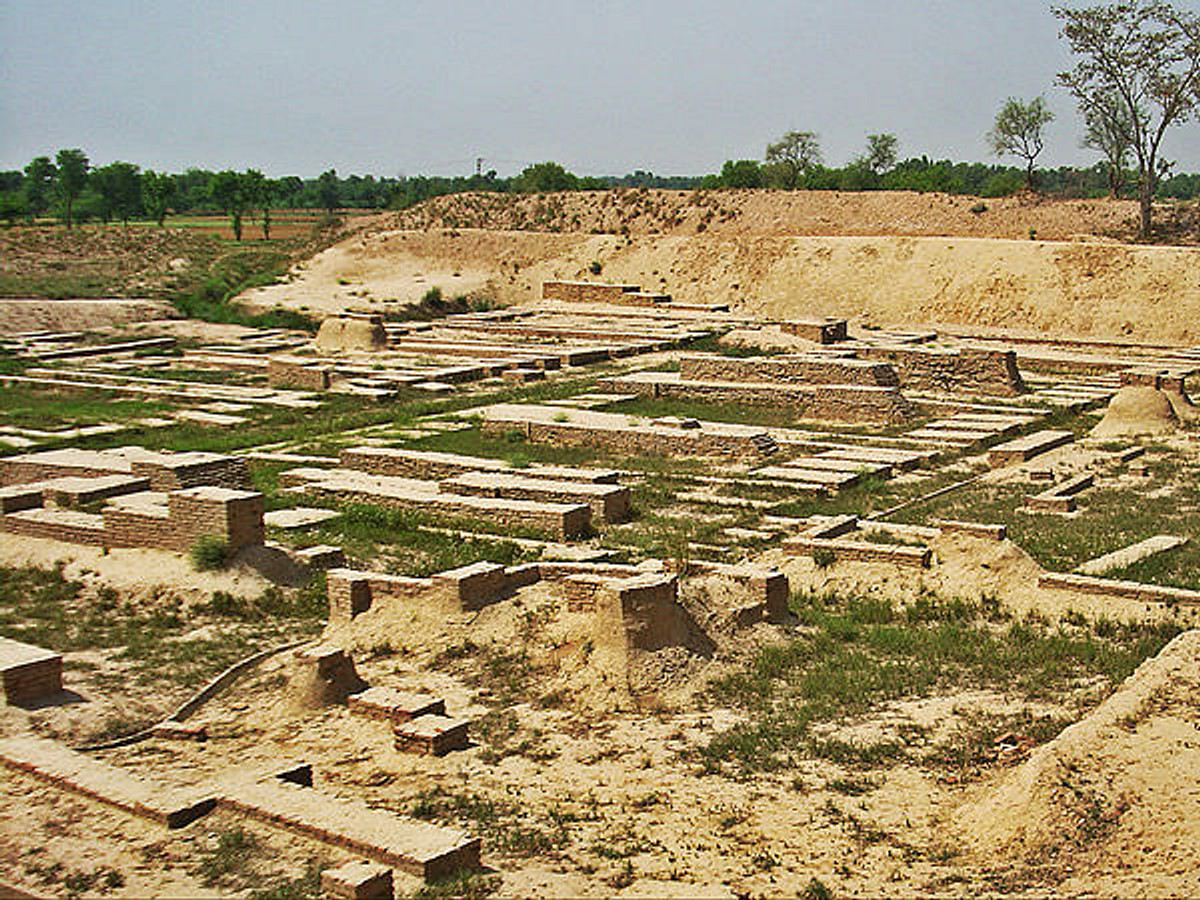Introduction:
The Harappa Civilization, also known as the Indus Valley Civilization, stands as one of the oldest and most enigmatic civilizations in human history. Flourishing in the fertile plains of the Indus River basin, this ancient civilization thrived for over two millennia, leaving behind a rich legacy of urban planning, trade, and cultural achievements. In this article, we embark on a journey to uncover the mysteries of the Harappa Civilization, exploring its origins, achievements, and eventual decline.
Origins and Geography:
The Harappa Civilization emerged around 3300 BCE, alongside contemporaneous civilizations such as Mesopotamia and Ancient Egypt. Situated in present-day Pakistan and northwest India, the civilization encompassed a vast territory extending from modern-day Afghanistan to Gujarat. The heartland of the civilization was the fertile floodplains of the Indus River and its tributaries, where cities such as Harappa and Mohenjo-Daro flourished as centers of trade, administration, and culture.
Urban Planning and Infrastructure:
One of the most striking features of the Harappa Civilization was its advanced urban planning and infrastructure. The cities of Harappa and Mohenjo-Daro boasted well-planned layouts, with grid-like streets, elaborate drainage systems, and sophisticated public buildings. The use of standardized bricks and measurement systems indicates a high level of central authority and civic organization. Moreover, the presence of fortified citadels suggests concerns for defense and security in an increasingly interconnected world.
Economy and Trade:
The Harappa Civilization was a hub of trade and commerce, with evidence of long-distance trade networks reaching as far as Mesopotamia and Central Asia. Archaeological excavations have uncovered artifacts such as seals, pottery, and precious stones, indicating the extent of trade relations and cultural exchange. The civilization’s economy was based on agriculture, with the fertile Indus River valley supporting bountiful harvests of wheat, barley, and other crops. Craftsmanship also thrived, with skilled artisans producing intricate pottery, metalwork, and jewelry.
Social Organization and Religion:
While much remains unknown about the social organization of the Harappa Civilization, evidence suggests a hierarchical society governed by priestly elites and rulers. The discovery of seals bearing script-like symbols has sparked debate among scholars regarding the existence of a written language and the nature of governance. Religion played a significant role in the lives of the inhabitants, as evidenced by the presence of ritual objects, figurines, and religious iconography. The worship of mother goddesses and animal motifs suggests a belief system rooted in fertility rites and reverence for the natural world.
Decline and Legacy:
The decline of the Harappa Civilization remains shrouded in mystery, with theories ranging from environmental factors to external invasions or internal strife. The gradual drying of the Saraswati River, shifts in monsoon patterns, or seismic events may have contributed to the decline of urban centers and the dispersal of populations. Whatever the cause, the legacy of the Harappa Civilization endures, influencing subsequent cultures and civilizations in the Indian subcontinent. From its urban planning and trade networks to its artistic achievements and religious practices, the Harappa Civilization remains a testament to the ingenuity and resilience of ancient peoples.
Conclusion:
The Harappa Civilization continues to captivate the imagination of scholars and enthusiasts alike, offering tantalizing glimpses into the complexities of ancient urban life and civilization. As ongoing archaeological research sheds new light on this enigmatic culture, the legacy of the Harappa Civilization serves as a reminder of the enduring quest for knowledge and understanding of our shared human heritage. From its humble beginnings in the floodplains of the Indus River to its eventual decline, the Harappa Civilization stands as a testament to the resilience, creativity, and innovation of ancient societies.this is a Very Developed civilization that time on the earth.






